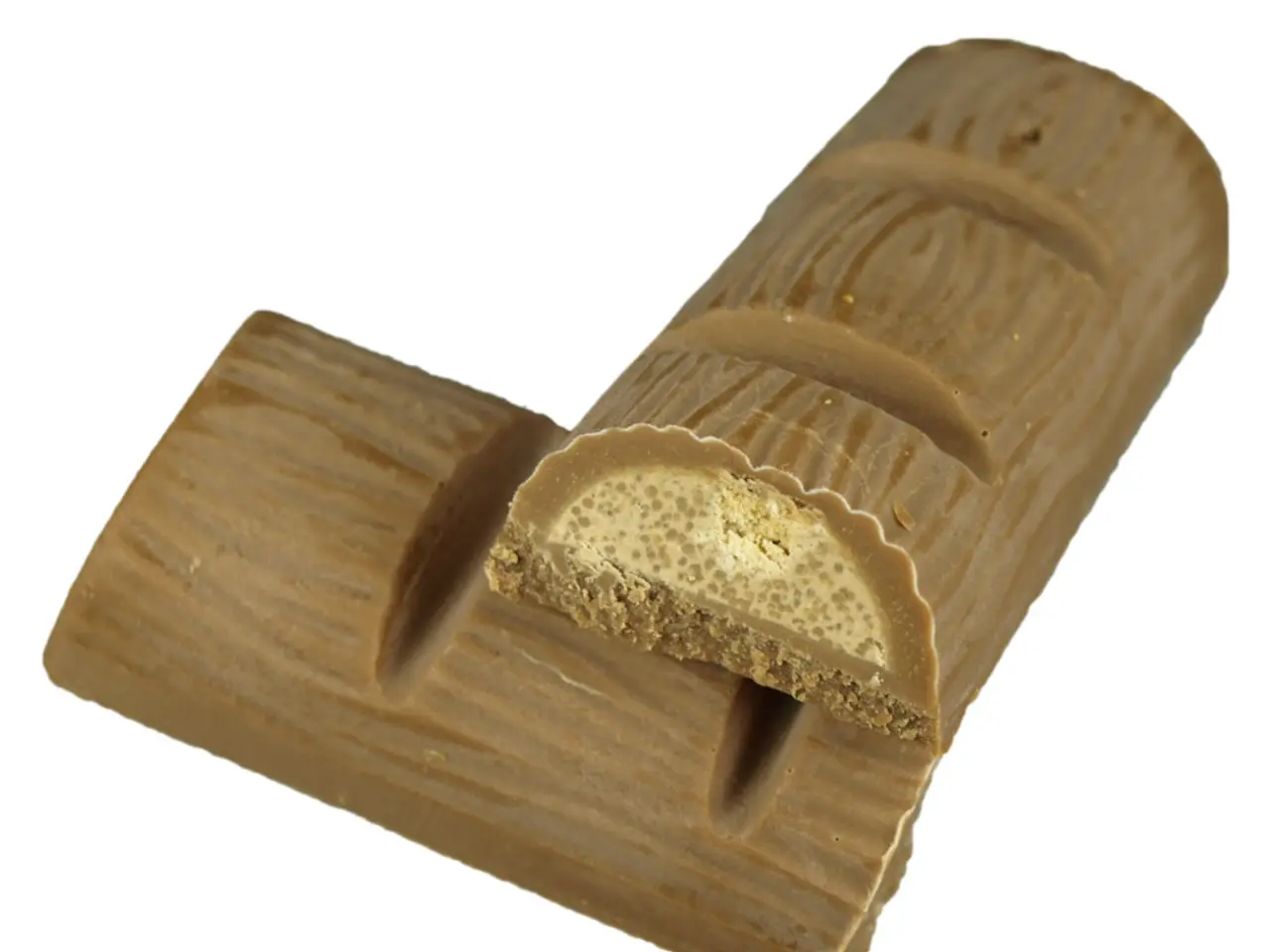Google Sheets Users Can Now Easily Create Custom Bar Charts
Google Docs users can now easily create and customize bar charts to visually compare data. This intuitive tool allows users to transform their data into insightful, easy-to-understand bar graphs.
Bar charts, also known as bar graphs, use vertical bars to represent values across different categories. This makes them an excellent choice for comparing data like sales by month, survey results, or student scores. In Google Docs, users can create bar charts by highlighting their data range, including headers, and inserting a chart from the Insert menu. The chart editor panel offers options to change the chart type to a bar chart and customize it with a descriptive title, colors, gridlines, and orientation.
Google Docs provides common bar chart variants to cater to different data representation needs. Horizontal bar charts are useful when category labels are long or for ranking items. Stacked bar charts effectively show part-to-whole relationships and cumulative totals. Grouped (clustered) bar charts compare multiple categories side-by-side for each group, highlighting individual category differences. Regardless of the variant chosen, categories are typically shown on the horizontal axis (x-axis), and values on the vertical axis (y-axis). The length or height of each bar represents the value of that category.
With Google Docs' intuitive tools, users can create and customize bar charts to effectively communicate data comparisons. Whether showing sales, survey results, or student scores, bar charts provide a clear and engaging way to present data.







